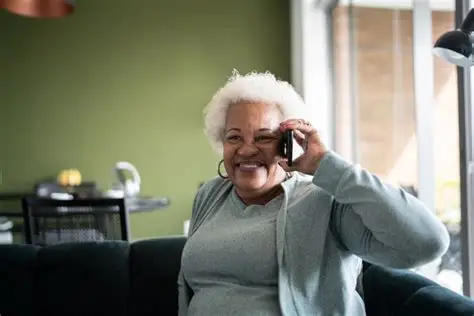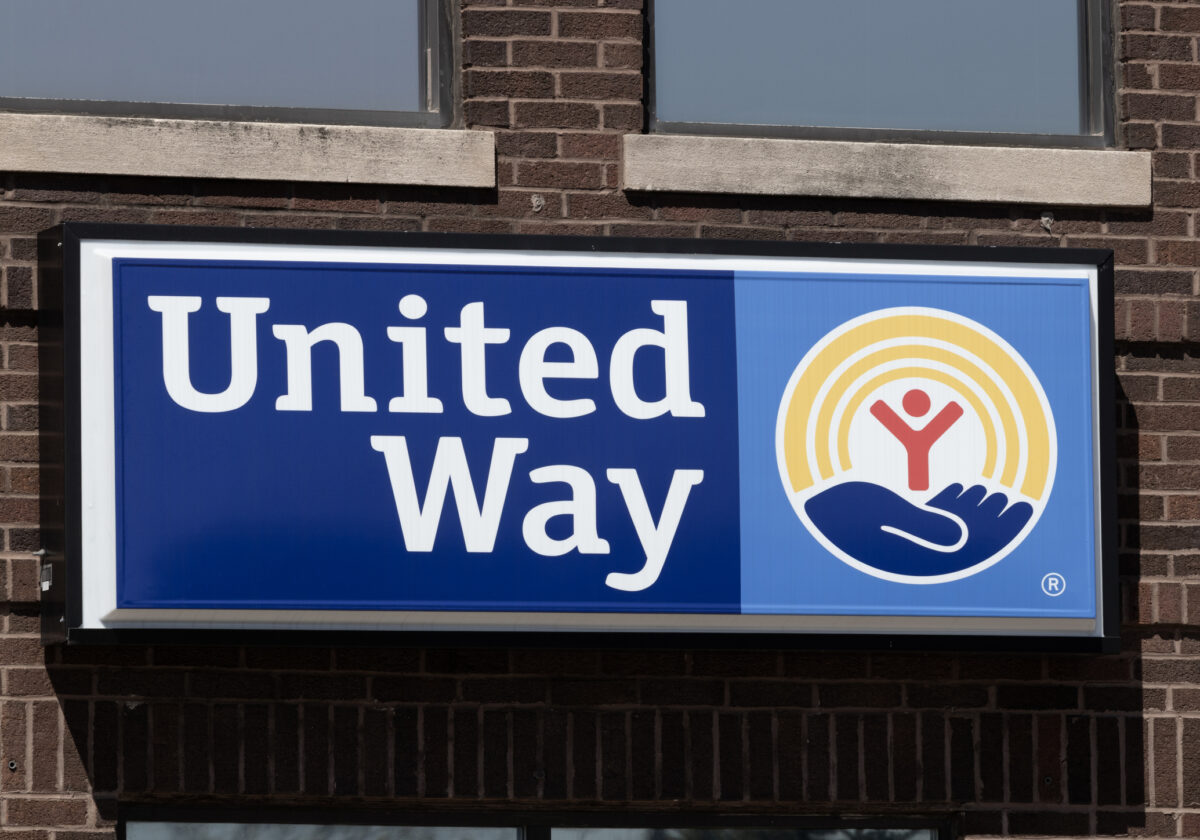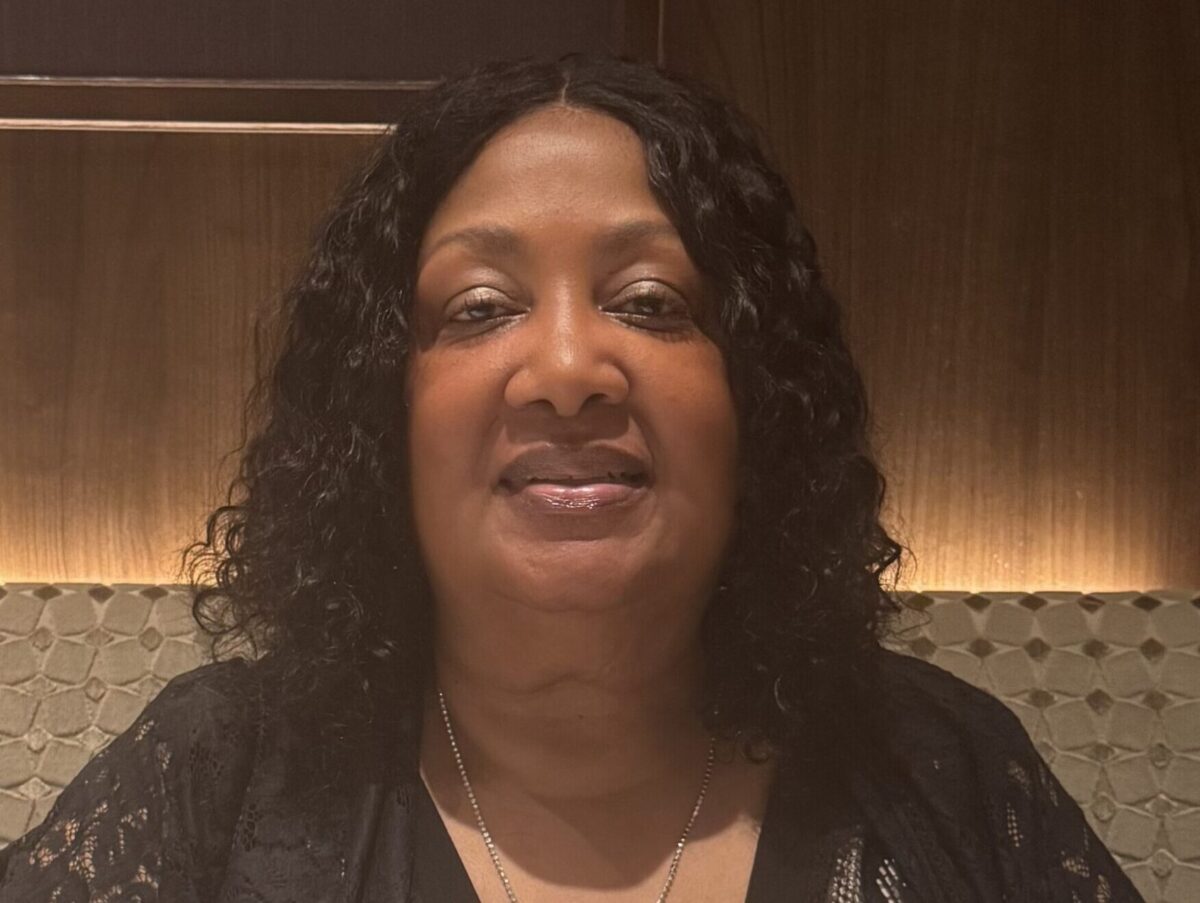Older minorities at risk for severe eye diseases
Recent research reveals that older adults are more susceptible to severe eye disorders. If you are a minority over 40, you may be even more vulnerable to multiple types of glaucoma and diabetic retinopathy.
Glaucoma is more common with increasing age, although children are not exempt. If you are first-degree relatives (parents, siblings) of patients with glaucoma your risk may be up to ten-times higher.
It’s only recently that more information on risk of glaucoma-related vision loss, as far as disease frequency and severity, has been collected on United States Hispanic/Latinos.
Studies suggest open-angle glaucoma is the leading cause of blindness among Hispanics, and that older Hispanic Americans are at increased risk for development of glaucoma.
Open-angle glaucoma is the most common form of glaucoma and affects over three million Americans. Open-angle means the drainage angle formed by the iris and cornea remains open as it should, but other parts of the drainage system of the eye do not drain properly. This may lead to a slow, gradual increase in eye pressure, which if left untreated can lead to permanent vision loss.
In fact, in some of the early estimates of visual impairment and eye disease in Hispanics/Latinos, researchers found Latinos have higher rates of developing visual impairment, blindness, diabetic eye disease and cataracts than non-Hispanic whites. This higher frequency also includes the development of diabetic retinopathy, particularly for those over 40 years old. The longer study participants suffered from diabetes, the more likely they would develop retinopathy.
Retinopathy is a complication of diabetes that affects the eyes. It is caused by damage to the blood vessels in the tissue at the back of the eye, also known as the retina. Poorly controlled blood sugar is a risk factor.
Asian populations, including Asian Americans over 40 but mainly 60-70 years old, are particularly prone to another form of glaucoma, known as acute angle-closure glaucoma. With this type of glaucoma, people experience a sudden onset of severe unilateral eye pain or a headache associated with blurred vision, rainbow-colored halos around bright lights, nausea and vomiting.
If you have any of these symptoms please check-in with your eye doctor or general practitioner.
Local Resources
Wills Eye Hospital | 840 Walnut St., Philadelphia, PA 19107 | 215-928-3000
Scheie Eye Institute Perelman, Perelman Center for Advanced Medicine | West Pavilion, 3rd Floor, 3400 Civic Center Blvd., Philadelphia, PA 19104 | 800-789-7366
Sources: Wills Eye Hospital, Glaucoma Research Foundation, Mayo Clinic, National Eye Institute, National Institutes of Health, Web MD




